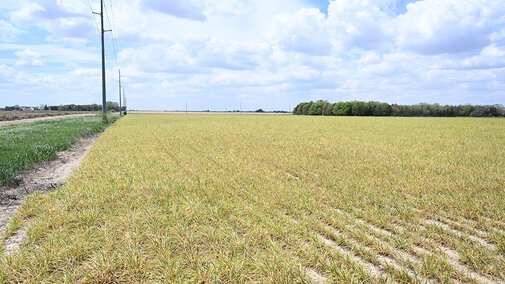Wheat disease surveys were conducted in south-central and southeast Nebraska on May 7. Most of the fields visited had a luxuriant green canopy (Figure 1). Growth stage ranged from Feekes 9 (flag leaf emerged) to Feekes 10.1 (50% of heads emerged; Figure 2). Fungal diseases were mostly absent or at trace levels on the lower leaves (Septoria tritici blotch and tan spot). Rust diseases and bacterial streak were not found.
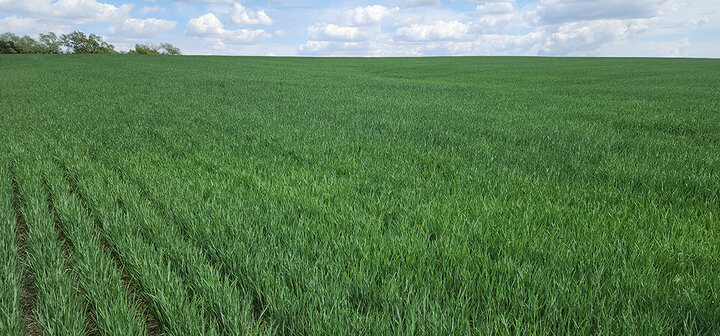
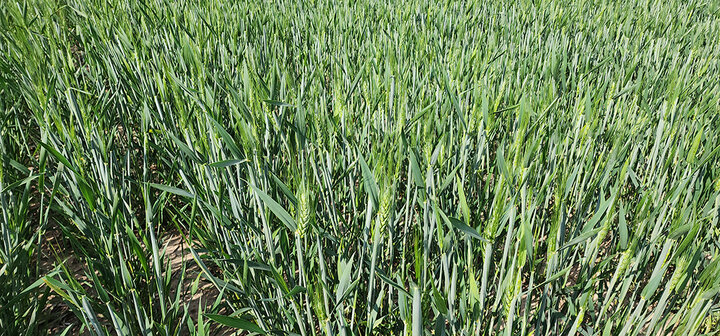
The predominant disease in the surveyed fields was the wheat streak mosaic virus (WSMV) disease complex. The complex consists of three viruses (WSMV, Triticum mosaic virus [TriMV] and High Plains wheat mosaic virus [HPWMoV]) and it was found in every field visited from trace levels to 100% incidence and severity. A portion of a field in Kearney County was completely destroyed by the virus complex (Figures 3 and 4).
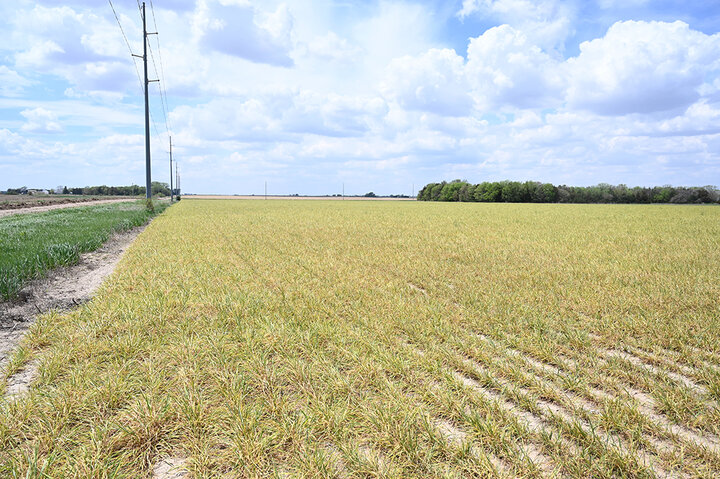
The field shown in Figure 3 was adjacent to a field in which wheat was hailed just before harvest in 2024, resulting in volunteer wheat that was not controlled. Volunteer that results from a hailstorm just before harvest poses the highest risk for the WSMV disease complex. The field in Figure 3 was planted in the fall of 2024 when volunteer was still green in the adjacent field.
Wheat curl mites, the vectors of the viruses that cause the WSMV disease complex, were carried by wind from the volunteer wheat to the fall planted wheat crop and transmitted the virus/viruses to it. The infections and resulting damage were so severe that the wheat crop in Figure 3 is only two or three inches tall. Such severe symptoms indicate that the mite source was a large area of volunteer wheat, the mite population was very high, and infections occurred in the fall of 2024.
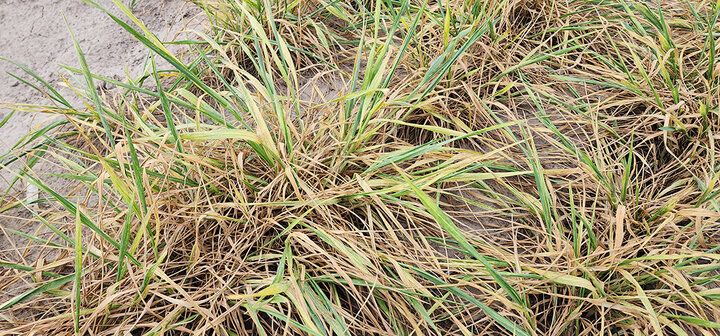
Management
Management of the WSMV disease complex is critical because of the devastating effects the viruses can have on wheat production. Infections that occur in the fall are more damaging than spring infections. Forage production and grain yield can be significantly reduced, and total loss is not uncommon.
Use cultural practices to break the green bridge (volunteer wheat and other grassy hosts of the mites and viruses) and avoid early planting of winter wheat. In no-till systems, practicing crop rotation will help in controlling volunteer wheat and other green bridge hosts. These practices, when combined with planting resistant varieties, will significantly reduce losses caused by the WSMV disease complex.
Wheat Disease Survey
As winter wheat continues to develop, Nebraska Extension is monitoring for rust diseases. Help track the spread of stripe and leaf rust across the state by contributing to the 2025 rust tracking map by taking a brief survey.
